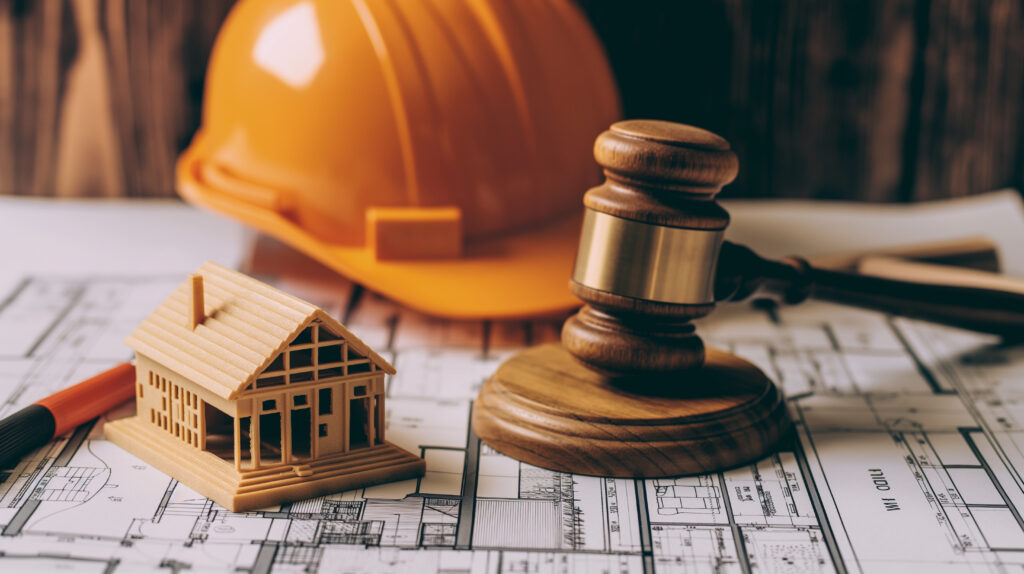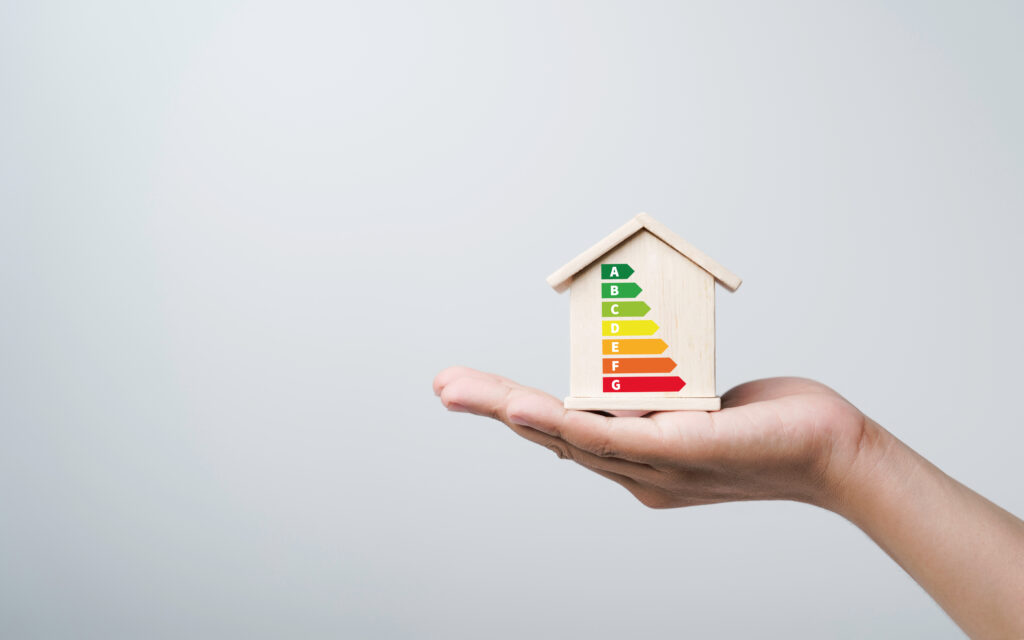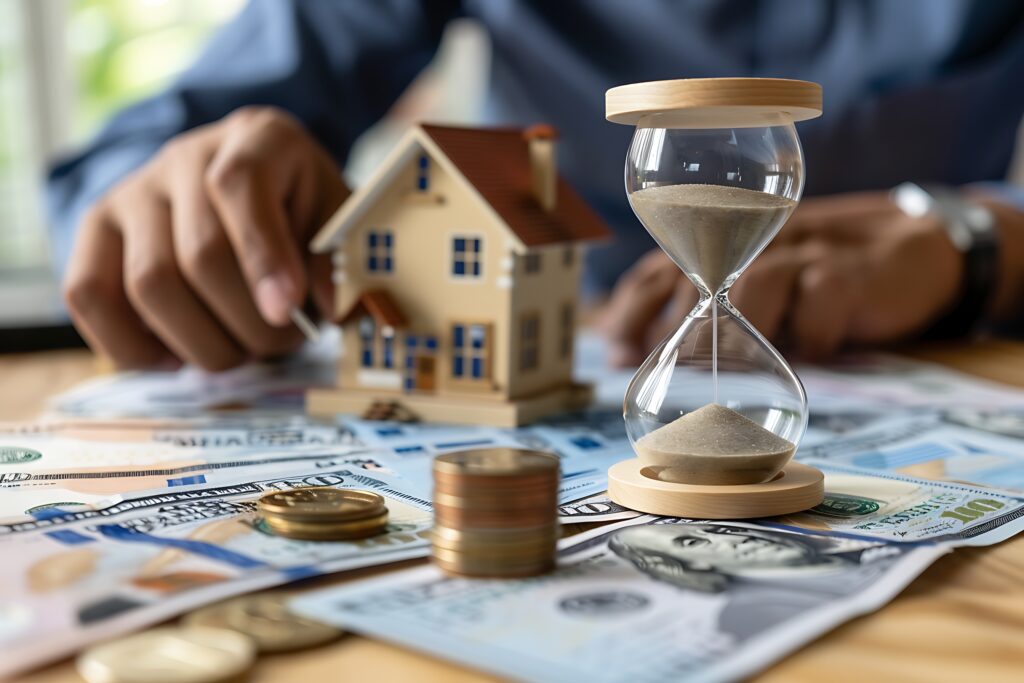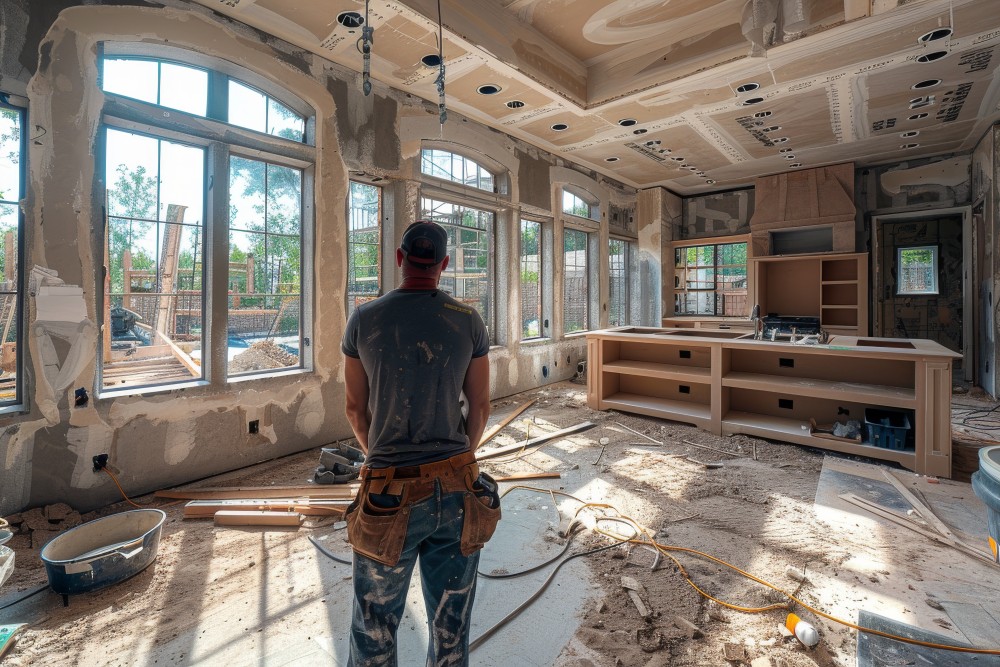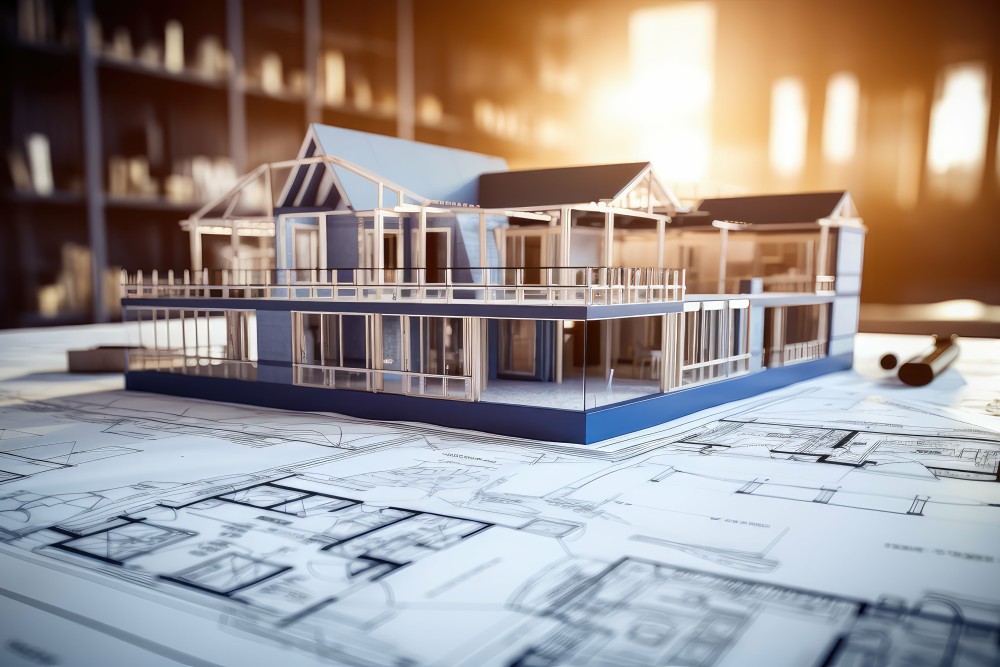What Are Green Building Materials?
Definition and Characteristics
- Sustainable Sources: Green building materials are sourced sustainably, often from renewable resources or recycled content.
- Low Environmental Impact: These materials have a minimal negative impact on the environment during their production, use, and disposal.
- Energy Efficiency: Green materials often contribute to the energy efficiency of the building, reducing overall energy consumption.
- Health Benefits: They are free from harmful chemicals and toxins, promoting a healthier indoor air quality.
Benefits of Using Green Building Materials
1. Environmental Benefits
Reduced Carbon Footprint
- Sustainable Sourcing: Materials like bamboo and cork are rapidly renewable, reducing the depletion of natural resources.
- Recycled Content: Using materials made from recycled content, such as reclaimed wood or recycled metal, reduces waste and lowers the demand for virgin resources.
Lower Emissions
- Production Process: Green building materials are typically manufactured with lower energy consumption and fewer emissions, contributing to reduced greenhouse gas emissions.
- Energy Efficiency: Materials that enhance insulation and thermal performance help reduce heating and cooling needs, further lowering carbon emissions.
2. Economic Benefits
Long-Term Savings
- Durability: Green building materials are often more durable and require less maintenance, leading to long-term savings on repair and replacement costs.
- Energy Savings: Improved insulation, energy-efficient windows, and other green materials can significantly reduce utility bills over time.
Increased Property Value
- Market Appeal: Homes built or renovated with green materials often have higher market value and appeal to environmentally conscious buyers.
- Certification Incentives: Achieving certifications like LEED (Leadership in Energy and Environmental Design) can increase a property’s value and attractiveness.
3. Health Benefits
Improved Indoor Air Quality
- Low VOCs: Green building materials typically emit low levels of volatile organic compounds (VOCs), reducing indoor air pollution and health risks.
- Natural Materials: Using natural materials like wood, wool, and cotton can minimize exposure to synthetic chemicals and allergens.
Enhanced Comfort
- Better Insulation: Green insulation materials maintain more consistent indoor temperatures, improving overall comfort.
- Moisture Control: Materials that regulate moisture levels help prevent mold growth and improve indoor air quality.
Join HICP Homeowner’s Alliance
Connect with experts, get special discounts and enjoy member benefits
Examples of Green Building Materials
1. Sustainable Wood and Alternatives
Bamboo
- Rapid Growth: Bamboo grows much faster than traditional hardwoods, making it a highly renewable resource.
- Durability: It is incredibly strong and durable, suitable for flooring, cabinetry, and furniture.
Reclaimed Wood
- Recycling: Reclaimed wood is sourced from old buildings, barns, and factories, reducing the need for new lumber.
- Unique Aesthetics: It offers unique character and history, adding charm and warmth to interiors.
2. Recycled and Recyclable Materials
Recycled Metal
- Versatility: Recycled metal can be used in roofing, siding, and structural components.
- Durability: It is highly durable and often requires less maintenance than new metal.
Recycled Glass
- Aesthetic Appeal: Recycled glass countertops and tiles provide a unique, colorful look.
- Environmental Impact: Using recycled glass reduces waste and the need for new raw materials.
3. Energy-Efficient Materials
Insulation
- Cellulose Insulation: Made from recycled paper products, cellulose insulation is highly effective and environmentally friendly.
- Spray Foam: This insulation provides superior sealing and energy efficiency, reducing heating and cooling costs.
Windows
- Low-E Glass: Low-emissivity glass windows minimize heat transfer, improving energy efficiency and comfort.
- Double-Glazed Windows: These windows provide excellent insulation by trapping air between two layers of glass.
4. Eco-Friendly Flooring
Cork
- Renewable Resource: Cork is harvested from the bark of cork oak trees without harming the tree, making it a sustainable choice.
- Comfort: It is soft underfoot and provides natural insulation and sound absorption.
Linoleum
- Natural Materials: Made from linseed oil, wood flour, and other natural materials, linoleum is biodegradable and environmentally friendly.
- Durability: It is highly durable and can last for decades with proper care.
How to Incorporate Green Building Materials into Your Renovation
1. Planning and Design
Assessment
- Evaluate Needs: Determine which areas of your home can benefit most from green materials, such as insulation, flooring, and windows.
- Set Goals: Establish clear sustainability goals for your renovation project, such as reducing energy consumption or improving indoor air quality.
Consult Professionals
- Green Architects and Designers: Work with professionals experienced in sustainable building practices to ensure your renovation meets green standards.
- Energy Audits: Conduct an energy audit to identify areas where you can improve energy efficiency and reduce waste.
2. Sourcing Materials
Local Suppliers
- Reduce Transportation Impact: Source materials locally to reduce the environmental impact of transportation.
- Support Local Economy: Purchasing from local suppliers supports the local economy and reduces your project’s carbon footprint.
Certified Products
- Eco-Labels: Look for certifications such as FSC (Forest Stewardship Council) for wood products, ENERGY STAR® for appliances, and GREENGUARD for low-emission materials.
- Reputable Brands: Choose products from reputable brands known for their commitment to sustainability and environmental responsibility.
3. Implementation
Skilled Contractors
- Experience with Green Materials: Hire contractors experienced in working with green materials to ensure proper installation and maximum benefits.
- Training and Certification: Verify that your contractors have relevant training and certifications in sustainable building practices.
Quality Control
- Regular Inspections: Conduct regular inspections during the renovation to ensure that all green materials are installed correctly and meet the specified standards.
- Post-Renovation Check: After completion, perform a thorough check to verify that all materials are performing as expected and contributing to your sustainability goals.
Conclusion
Incorporating green building materials into your home renovation is an investment in a healthier, more sustainable future. These materials offer numerous benefits, including reduced environmental impact, long-term cost savings, improved indoor air quality, and increased property value. By planning carefully, sourcing responsibly, and working with experienced professionals, you can ensure your renovation project meets your sustainability goals and enhances your living environment. Embrace the use of green building materials to create a home that is not only beautiful and functional but also environmentally friendly and healthy for years to come.



